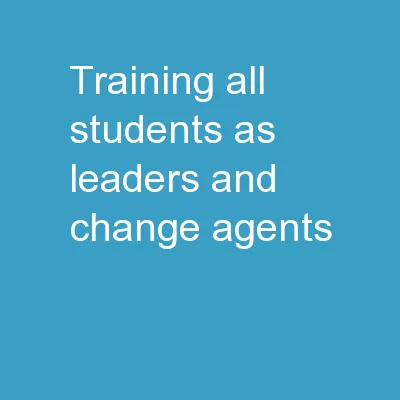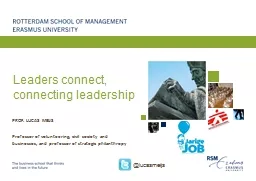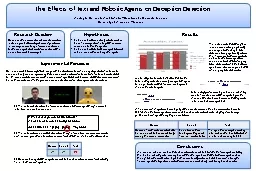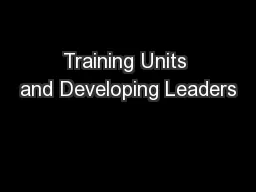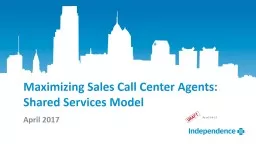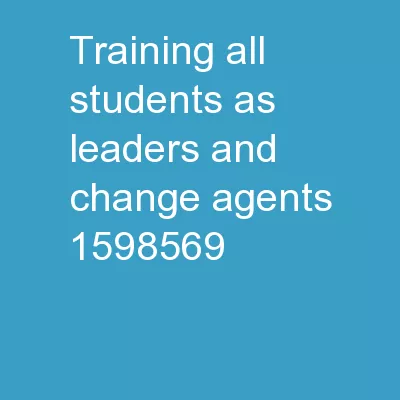PPT-Training All Students as Leaders and Change Agents
Author : pamella-moone | Published Date : 2018-12-05
Rachel Allen PharmD Kelsey Brantner BS Curtis G Jefferson MS Nanci Murphy PharmD Shannon Panther PharmD BCACP Jennifer D Robinson PharmD Disclosure During this presentation
Presentation Embed Code
Download Presentation
Download Presentation The PPT/PDF document "Training All Students as Leaders and Cha..." is the property of its rightful owner. Permission is granted to download and print the materials on this website for personal, non-commercial use only, and to display it on your personal computer provided you do not modify the materials and that you retain all copyright notices contained in the materials. By downloading content from our website, you accept the terms of this agreement.
Training All Students as Leaders and Change Agents: Transcript
Download Rules Of Document
"Training All Students as Leaders and Change Agents"The content belongs to its owner. You may download and print it for personal use, without modification, and keep all copyright notices. By downloading, you agree to these terms.
Related Documents

